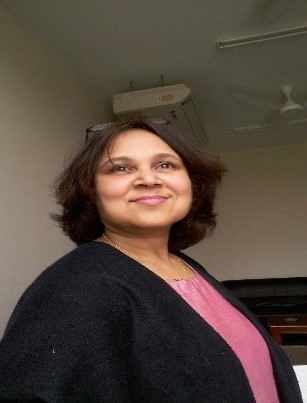Every now and then a story about someone’s attempt to take his/her own life reported through electronic, print or social media clenches our heart with deep remorse and sadness. Often the stories give an account of the harsh attitude of a teacher, bad grades and conflicts with parents or friends as the trigger of self-injurious behaviors in adolescents. What we do not know is that a significant number of young adults and adolescents engage in various self-harm behaviors known as Non-Suicidal Self Injury (NSSI), which has a strong connection with suicidal attempts. NSSI refers to behaviors where bodily harm occurs without the apparent intention of taking one’s life. Mental health experts from Pakistan speaking from their clinical experience, agree that academic stress, unhealthy competition among students, bullying, and poor communication between parents and children often explains self-harm behavior among adolescent. Experts also believe that the negative experiences in childhood tend to create vulnerability for poor mental health in adolescents and later life such as direct and indirect exposure to family violence, parent’s mental health problems/ drugs or alcohol abuse, and strict parenting styles.
Moreover, lack of parental warmth, their absence or poor communication skills, make it difficult for an adolescent to express their anguish or seek help to deal with their struggles. This is further complicated by parent’s inability to deal with adolescents’ self-injurious behavior i.e. reacting with anger, out of their own guilt and shock. This malaise cannot be ignored and dealt with silence and avoidance considering our demographics where 64 percent is below the age of 30 and 29% of the population falls between the age ranges of 15-29 years. Adding to this, the frequent reporting of events like in Mardan, Sialkot, Kasur or Karachi involving abuse and violence inflicted on young ones not only reflects the malaise inflicting the society but demand from us to explore the extent of its impact on mental health and wellbeing of youth.
In an HEC funded project we, therefore, approached the adolescents from Islamabad Federal Schools (12–19years old, N=2083) to ask them if they engage in self-harm behaviors and their exposure to adverse experiences in family and community. We were astonished to find that (6%) had engaged in self-injurious behaviors and experienced higher levels of emotional, behavioral and relationship difficulties. They also encountered family and community-related adverse experiences for instance, physical or verbal abuse, molestation and witnessing someone being stabbed or shot in the neighborhood. Their self-harm behaviors were a way to cope with their emotional distress and an attempt to get some control over their lives.
Isn’t it enough evidence for a pragmatic approach to curb the increasing intolerance and transmission of violent images and content from electronic, print and social media? The abuse and violence have become an epidemic and is robbing us of our sanity. The young ones are the collateral damage in all our wars of opinion and political expediency. We have to come out of our stupor in defense of our future. We need to establish safe spaces where our youth can develop into a balanced person with attitudes of tolerance and rationality. Every adult has to play their role through policy development and its implementation to save us from moral bankruptcy, as a nation can survive economic bankruptcy but not the moral one. Only then there would be a prevailing sense of well-being in our youth and society in general.
 The author is the chairperson of Department of Behavioral Sciences at School of Social Sciences & Humanities, NUST and can be reached at salmasiddiqui@s3h.nust.edu.pk
The author is the chairperson of Department of Behavioral Sciences at School of Social Sciences & Humanities, NUST and can be reached at salmasiddiqui@s3h.nust.edu.pk




